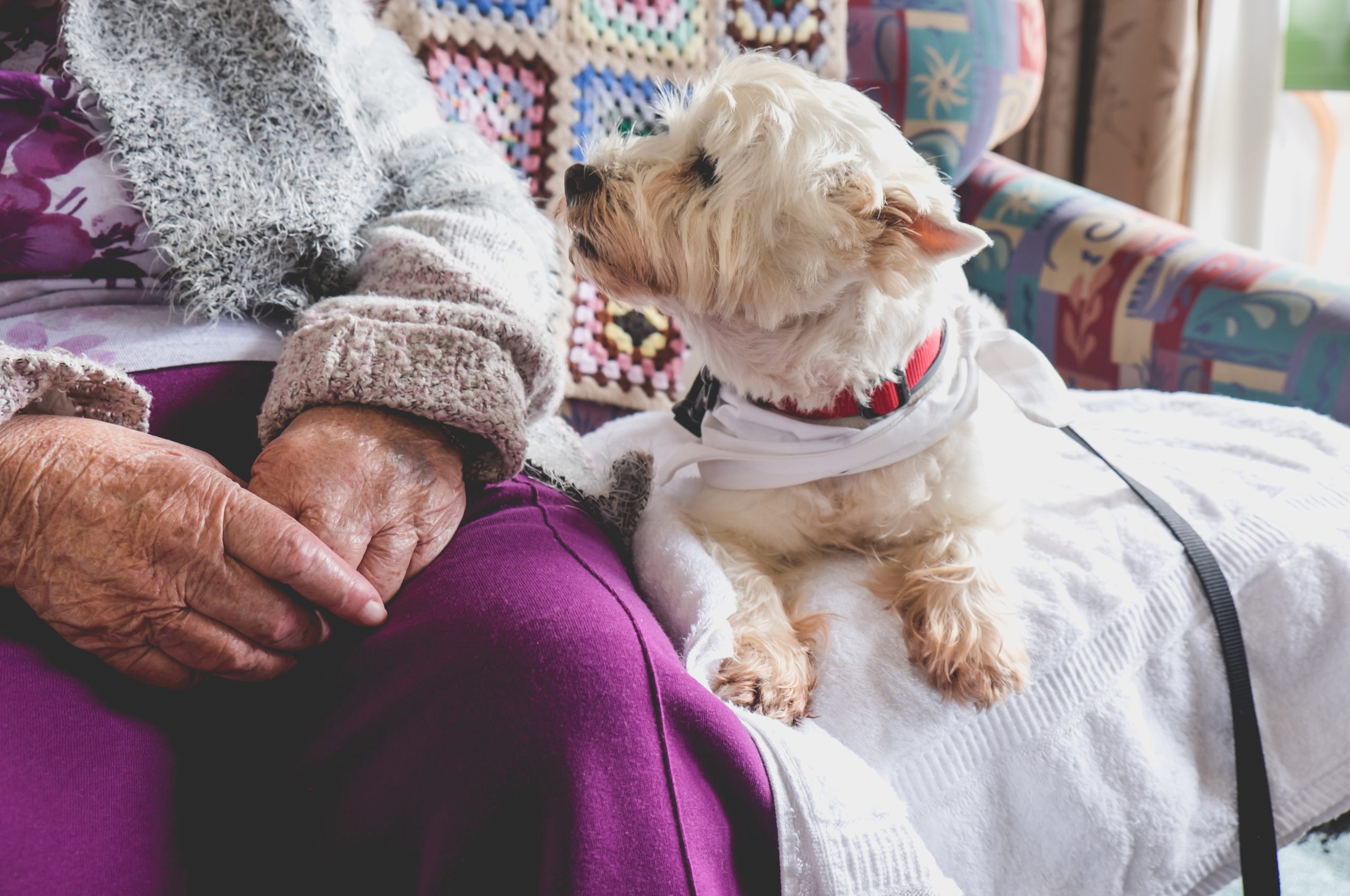Assisted living homes provide a nurturing environment for seniors who require assistance with daily activities, fostering a sense of community and companionship. Among the many factors that contribute to residents’ quality of life, the presence of pets stands out as a remarkable source of joy and emotional support. Pets offer a unique bond that transcends words, bringing comfort, companionship, and numerous physical and psychological benefits to those residing in assisted living facilities.
Companionship and Social Interaction
Loneliness and isolation can become significant challenges for seniors in assisted living homes. However, introducing pets into these environments can transform the atmosphere by providing a constant source of companionship. Cats, dogs, birds, and even small animals like rabbits and guinea pigs allow residents to form new connections and engage in meaningful social interactions with fellow residents and staff members.
Emotional Well-being and Stress Reduction
Pets have an innate ability to sense emotions, providing unconditional emotional support. The simple act of stroking a cat’s fur or playing fetch with a dog can trigger the release of oxytocin, often called the “feel-good” hormone. This hormonal response reduces stress, anxiety, and depression among residents, creating a calming environment that promotes emotional well-being.
Physical Activity and Routine
Pets demand regular exercise and care, encouraging residents to engage in physical activity and establish a daily routine. Walking dogs, playing with cats using toys, or tending to small animals’ needs all contribute to increased physical movement. These activities promote better physical health and foster a sense of responsibility and purpose among residents.
Stimulating Conversations
Pets serve as fantastic conversation starters, enabling residents to engage in meaningful dialogues with each other, family members, and staff. Discussing pet habits, sharing anecdotes, and comparing experiences open up avenues for residents to connect, relate, and bond over shared interests. These interactions contribute to a vibrant social atmosphere, reducing feelings of isolation and fostering a sense of belonging.
Sense of Responsibility
Caring for a pet provides a renewed sense of purpose and responsibility, particularly for individuals who may have lost autonomy due to transitioning to assisted living. Feeding, grooming, and attending to pets’ needs give residents a reason to wake up daily with a sense of purpose, boosting their self-esteem and overall mental well-being.
Bringing the Outdoors In
Assisted living facilities often have limitations on outdoor activities, leading to feelings of confinement. Pets offer a slice of the outdoors within the facility’s confines. Taking a dog for a walk around the premises can expose residents to fresh air, natural light, and a change of scenery, all of which contribute to improved mood and a connection to the world beyond their immediate surroundings.
Pets bring an undeniable sense of joy, companionship, and numerous physical and psychological benefits to residents in assisted living homes. From alleviating loneliness to fostering emotional well-being, promoting physical activity, and stimulating social interactions, the presence of pets enriches the lives of seniors in ways that few other interventions can. As assisted living facilities continue to strive for holistic care, recognizing and embracing the positive impact of pets is a testament to the commitment to providing residents with the highest quality of life possible.

